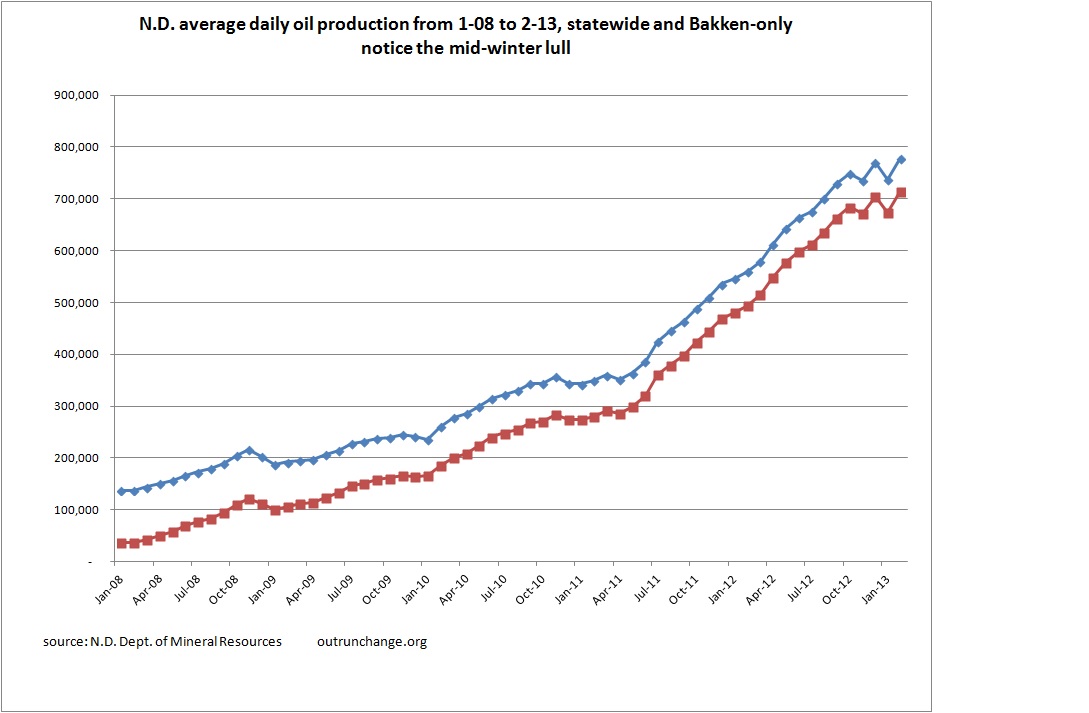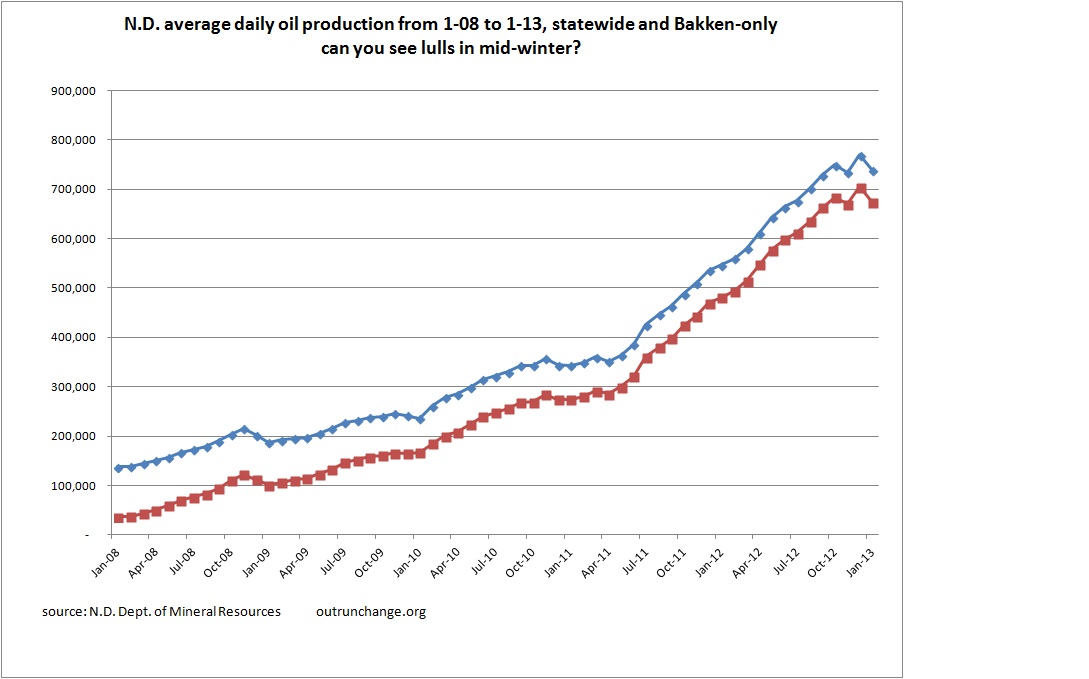Since I’m an accountant, I keep an eye out for info on how one well might perform over its lifetime. Any real data for a well, let alone enough to look at averages, would be a closely guarded trade secret, so I’ll talk about public info.
Of course, if someone wanted to confidentially drop me some actual data & forecasts for real wells, I’d be happy to describe anonymous data. In the meantime…
Ms. Tessa Sandstrom, of the North Dakota Petroleum Council gave a speech reported by the Minot Daily News: Oil Boom drives on.
The article gives this info: Continue reading “Estimate of lifetime financial performance of one Bakken well”

